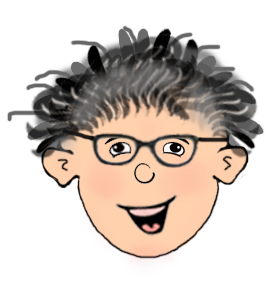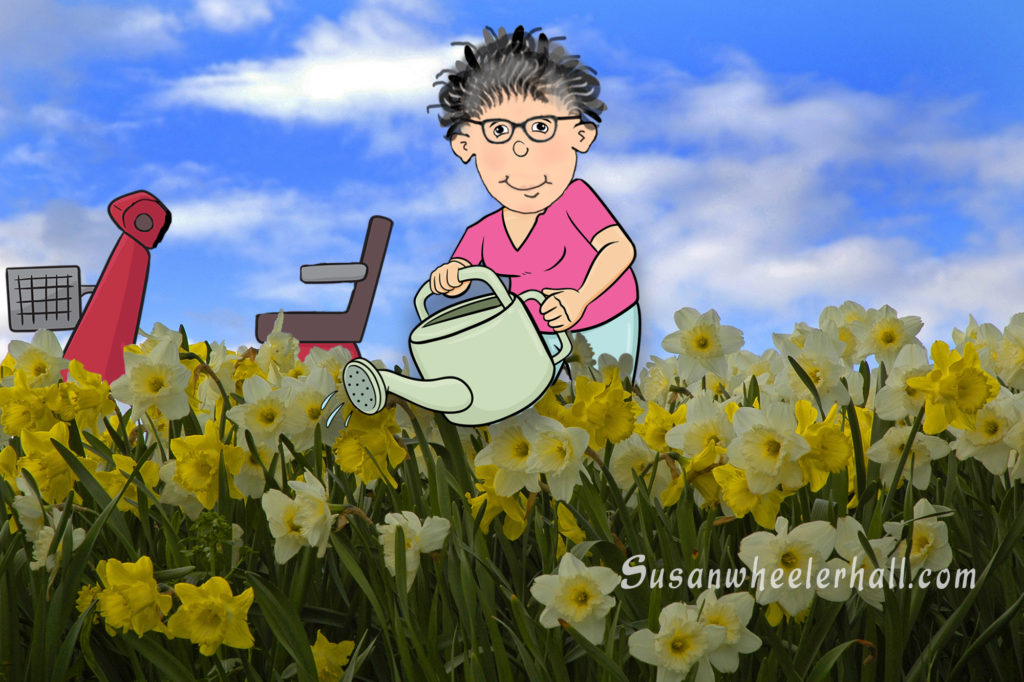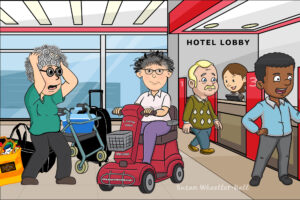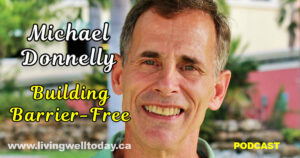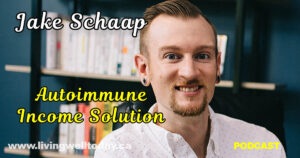Well-being is an inside job -100 percent of the time. It doesn’t come from what’s happening around you, or even from the state of your health. Well-being comes directly from your thinking because well-being is an inside job.
What is well-being?
Well-being is a popular topic to write about, talk about, and is top of mind for many people. Yet it holds a different meaning for everyone. To me, the simple answer is – it’s understanding that well-being is the opposite of struggle and it comes from within.
It doesn’t mean everything in your life is tick-a-tee-boo. Instead, you exist without dark thoughts of doom and gloom.
I can’t count the number of times I’m asked, “Susan, how do you stay happy with all the health challenges that you live with?”
The short answer is, “I don’t think about it.”
That doesn’t mean I ignore pain or think I can do things I cannot. It simply means that I don’t make my health challenges mean anything beyond what is happening.
My well-being is an inside job.
For the record
For many years, while attending university, I awoke each day with horrible headaches. My head felt as if a steak knife was stuck in the middle of my forehead and the slightest movement or exposure to daylight made it worse. I tried endlessly to find out what caused the headaches and what I could do to stop them. I saw top medical specialists, tried meds, acupuncture, natural therapies – you name it, I tried it! Unfortunately, I found no relief. It was a mystery that lasted seven years.
Attending university was a dream come true for me so I was not about to let headaches ruin it for me. There was no choice but to make room for them. My classes were selected by how late in the day they started.
I did not drink alcohol or eat junk food, but I probably did not get enough rest because I did not like going to sleep. And I developed a 2-hour morning recovery routine that involved a Tupperware bowl of ice, a facecloth, a glass of water and Tylenol.
Let it go
The most important strategy I did learn was how to let the pain go once my headache lifted. I did not talk about it, complain about it, or waste time wishing it didn’t happen. I just got on with my day in the land of learning. I usually left for class by ten o’clock, and as I made my way out the door I never looked back.
I trained myself to not think about the headaches. I gave them my undivided attention for 2 of my 24 hours and nothing more. The real pain and the imagined pain are not the same.
This mental method enabled me to graduate with two degrees and write my first book.
Next steps
As the saying goes, another shoe did drop.
The headaches were a symptom of my inability to fully breathe while resting or asleep and this lessened my oxygen levels. Once the full extent of my lung muscle apathy was found, a breathing ventilator was introduced and magically my headaches reduced and stopped.
It did take a bit of time to get my thinking around this new level of dependency, but I finally adjusted and found myself relieved that my headaches were a thing of the past.
Progression, or more accurate health decline, is something we all have to face. Mine just happens to my body sooner than most.
Because I look at health challenges like a puzzle there is always something new to explore and learn. Paying attention to my thinking allows me to avoid adding unnecessary suffering.
I understand that my well-being is an inside job and I take responsibility.
